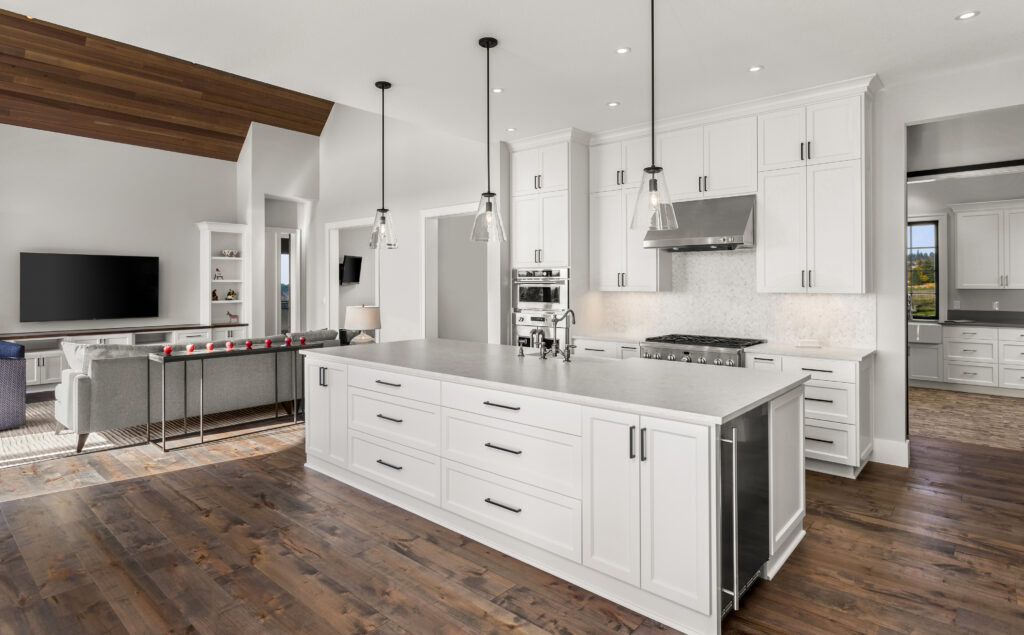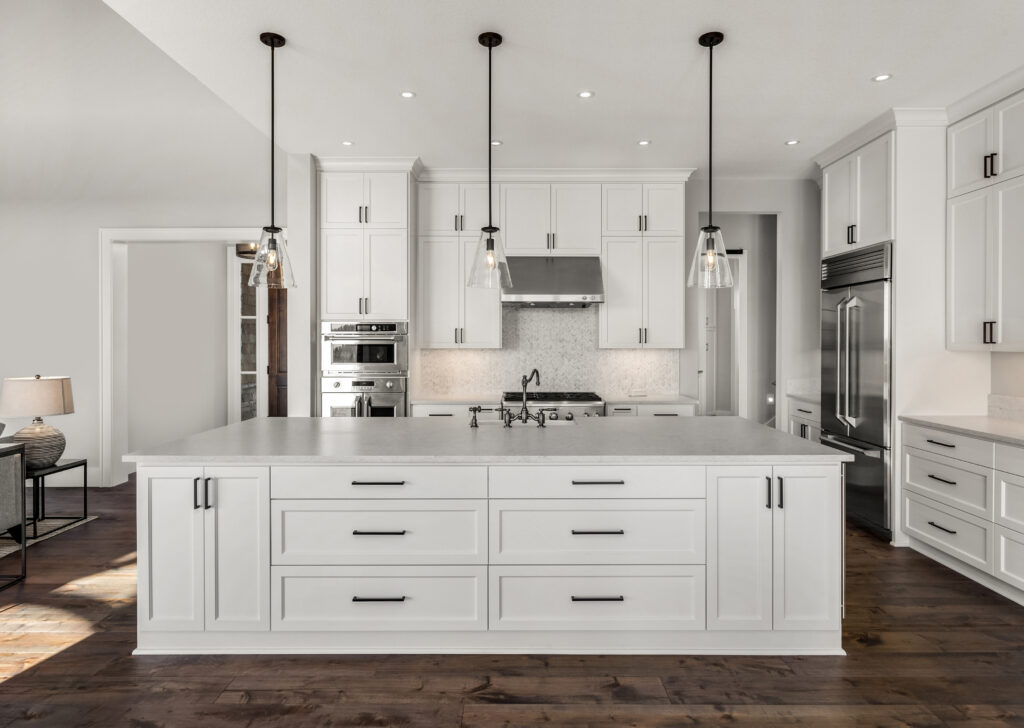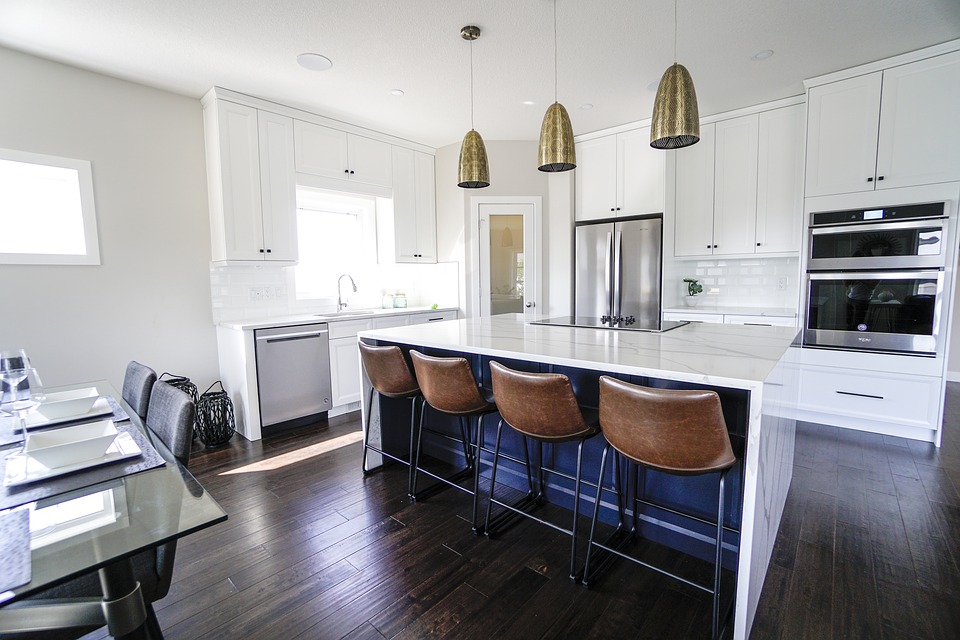
How to Fix a Squeaky Floor and Silence the Noise
Are Your Creaky Squeaky Floors Driving You Crazy? We've Got the Solution For You!

Are your floors squeaking and creaking? A squeaky floor is a common flooring issue you must be careful about and take seriously. If your floors need a little TLC, this guide will walk you through how to solve the problem in the most efficient and effective way.
Most squeaky floor occurrences happen when the lubrication between the floorboards begins to give out. This causes the floorboards to rub against each other and create the tremendously annoying noise everybody hates. Silencing your loose subflooring can be an easy task. Follow along with Arizona Home Floors to learn how to fix a squeaky floor the right way.
Are You Buying A House With Uneven Floors? Stop! Here’s Why.
Can Your Squeaky Floors Be Fixed or Should You Replace Them?

Replacing your flooring requires attention to detail and an understanding of when the flooring is giving out. There are certain signs a property owner must look for when trying to determine what the best course of action is before making the decision to replace the floors instead of just fixing them. Here are the top signs to look for when it’s time to replace your flooring.
These signs include:
- Nails Begin Peaking Through
- Loud Squeaking
- Large Marks or Scratches
- Water Damage
- Extensive Wear and Tear
- Bad Odors
Go through these signs one by one to figure out what is going on with the flooring. Many times the fix is easy and simple while other times the issue could be deeper and require more of your attention. If it’s time to replace your flooring because the damage is more serious than you expected, contact Arizona Home Floors to help you with a dust-free tile removal service.
12 Signs You’re Investing in a Structurally Defective House
Steps To Fix a Squeaky Floor

Inspect the Flooring
Your first goal should always be to inspect the flooring. This helps understand what is going on with the flooring and pinpoint where the problem areas are. Most floors are going to have specific floorboards that begin to give out first. Floorboards tend to be the ones that are in high-traffic spots and receive the most foot traffic during the day. As a result, it is commonly the floorboards that are impacted the most.
Take a look at those floorboards to see what the issue is. You will notice how those floorboards are not going to be positioned the same as the others. Try looking for gaps between the subfloor and joist. This can be done with the help of a drop light. Once the gap is found, note the spot, and begin working on correcting it. This is a good sign that it is time to adjust.
Fill Gap with Shim
A wood shim will be used to prevent the squeaking from becoming a regular occurrence. Shims can be purchased from a local store. The goal is to take the two shims and press them lightly to spread the gap. It should be a comfortable fit. Once done, begin drawing a line on both shims to see how far you pushed each one. Do not push past this point.
You are now going to add construction adhesive to secure the shims. Do this by applying the adhesive to both sides and then pressing them back into place. Remember, follow the line you created beforehand. Now, you are going to cut the rest of the shim sticking out with a knife. It should come off easily.
Secure the Joists
In some cases, you might also notice sagging due to the joints. This indicates there is minimal support, and this will have to be corrected as soon as possible. You can do this by adding blocking to the subfloor. You might also notice nails that are sticking out, which can be corrected by removing them or cutting what’s sticking out.
When you are ready to secure the joists, you will want to use 2×4 blocking. Make sure the block that’s cut is at least a foot longer on each end for maximum stability.
Install 2×4
You will want to begin setting up clearance holes (3/16”). This will help every foot on the 2×4 and you will want to have it set at a slight tilt upwards. This will make it easier for the screws to settle. You don’t want to make it harder on yourself by having them facing straight.
Now, you will apply construction adhesive to all sides of the blocking (top and side) for stability. Press the block against the subfloor and use wood screws (2-1/2”) to secure it into the joist.
Add Construction Adhesive
When the gap is a bit narrow or harder to manage, you might find it difficult to set up shims to secure the flooring. This is rare but it can happen, which is when you must get creative. Locate where the squeaking is and then add a bead of construction adhesive to hold the wood together. This ensures the movement stops even if nothing is being pressed into the gap.
The goal is to only apply pressure to the point the gaps don’t widen. This pressure should be applied on both sides of the joist to strengthen the hold. If necessary, you can also glue around the joists for additional stability. Once done, wait at least 24-36 hours as the adhesive hardens.
14 Home Remodeling and Renovations for the Summer Season
No More Loud Squeaky Floors
This is what you are going to have to do as you learn how to fix a squeaky floor. It’s easy to get overwhelmed by the process and that is how mistakes are made. You will want to take the time to fix the squeaky floor in a way that is necessary. This is where the shim is going to come in handy. This solution is not going to harm the floorboards and you are going to get the type of results that are worth it over the long haul.
Look into this as you figure out what is needed to ensure the squeaky floor continues to age the way you want it to. As you work on the different floorboards, you will get used to the idea of finding the squeak and adding the shim. This will be easy to do, and you are going to get a seamless finish that is perfect for a modern floorboard.
siouc3
hoban8
m6lw8c
ejjxvo
qsgxu9
s3d81e
0lb6eq
yk5fda
cjew6r
0r83ym
cl1rrw
8zuzue
r0vmav
npcinj
b9bcwz
fujs0i
w34p05
n81c4s
u8qrs4
mt5416
tnr3na
41a0xv
r9q1ne
nf5weo
3vmb2h
w8q32d
tagq4v
2f44no
qcgi5i
ag1mcg